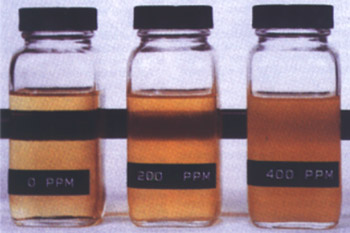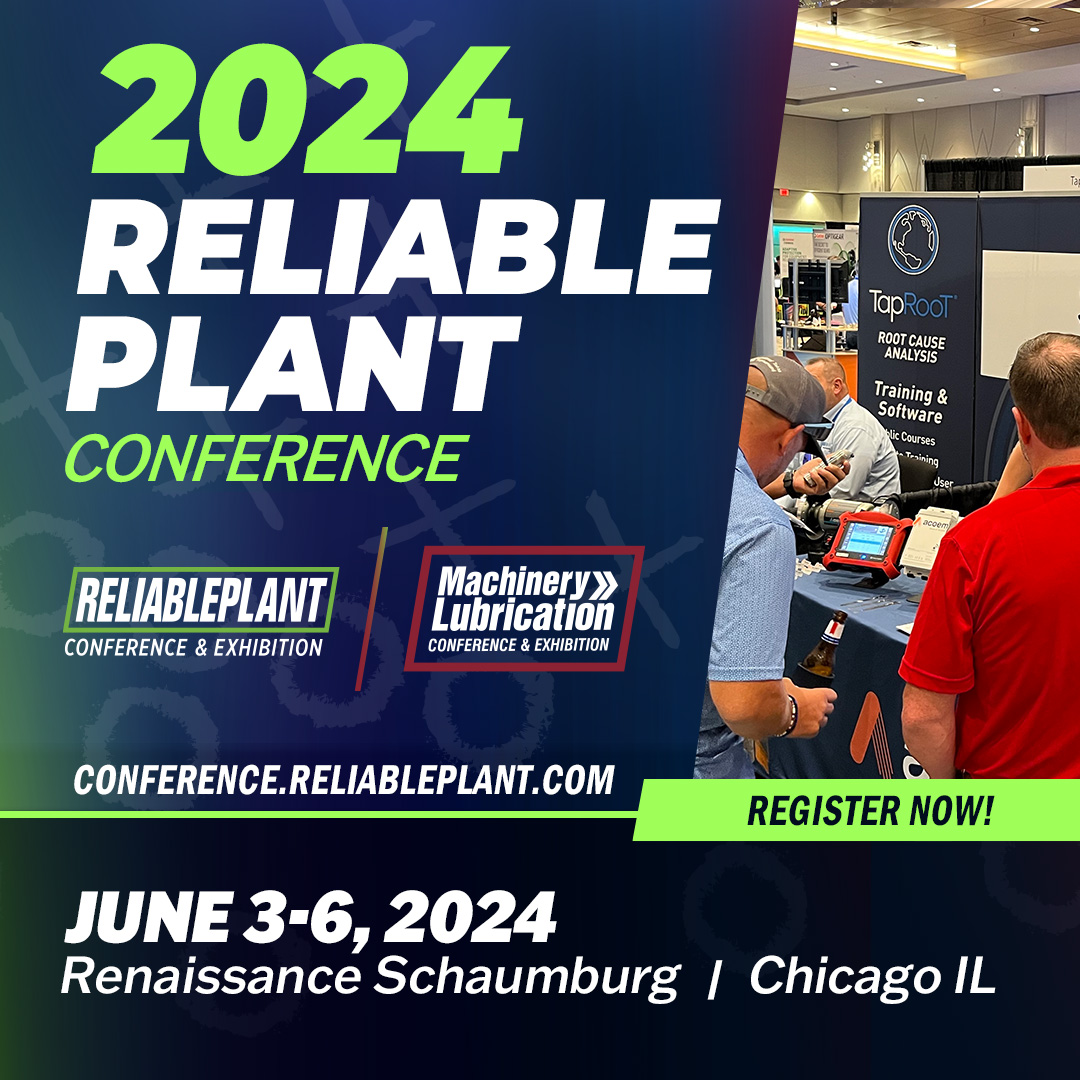 “What would make a lubricant have a milky appearance?”
“What would make a lubricant have a milky appearance?”
A hazy or milky appearance may indicate a water emulsion or other interferences such as air, dyes, oxide insolubles, soot and solid contaminants. While most people are aware that new oil is typically bright and golden in color, it is important to realize that new oil isn’t necessarily clean. If oil analysis has confirmed water ingression, the water should be removed as soon as possible.
Water ingression is the second most destructive contaminant and can wreak havoc in your system. Emulsified water is defined as microscopic globules of water dispersed in a stable suspension in the oil. Although all states of water in oil can cause damage to the oil and machine, emulsified water is considered the most destructive.
Water is the leading cause of hydraulic pump cavitation (vaporous cavitation). Water passing between loading frictional surfaces can explode, causing metal fracture. Depending on the oil type and temperature, a bearing can lose 75 percent of its life due to water contamination before the oil becomes cloudy.
Most contaminations can lead to a change in the viscosity of the lubricant, causing it to thicken or thin. Keep in mind that viscosity is the most important physical property of a lubricant. Anytime there is a change in the viscosity, it will have a direct effect on equipment reliability. Water contamination results in stable emulsions and higher viscosity. It will also cause a loss of film strength, which is necessary to keep surfaces apart.
Another negative effect that water will have on the equipment comes in the form of additive depletion. Additive polarity is defined as the natural directional attraction of additive molecules to other polar materials in contact with the oil. These polar materials would include water, a sponge, glass, dirt, a metal surface and wood pulp. In effect, additives take a ride on particles or water droplets.
Water contamination also has a negative impact on the base oil of the lubricant and causes problems such as oxidation, hydrolysis and aeration. In oxidation and hydrolysis, water promotes changes in the chemical and physical properties of mineral oils and some synthetics, which lead to acid formation, viscosity change, varnish and sludge.
In addition, water encourages aeration problems such as foaming and air entrainment. It also puts bearings at high risk when the machine is at rest. Once static etching/corrosion gets started, bearing failure is imminent.



